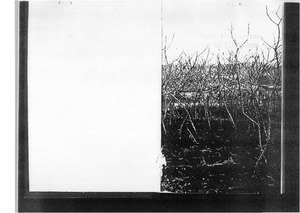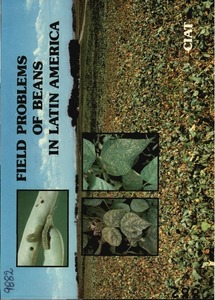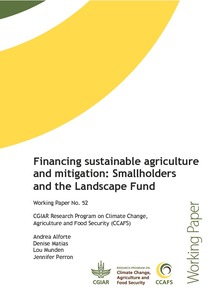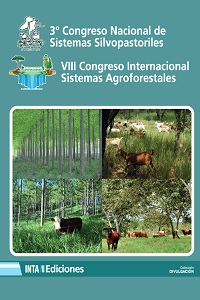Faecal excretion by ruminants and manure availability for crop production in semi-arid West Africa
Livestock manure is an important source of nutrients for crop production in semi-arid West Africa. An assessment of the potential of manure to sustain crop production calls for an estimation of the amounts of manure that could be produced and captured and the feed resources required to maintain livestock used for manuring. This paper presents estimates of the amounts of manure produced by cattle, goats and sheep fed ad libitum under confinement. A model is presented to predict the yearly faecal output by grazing ruminants under fluctuating feed supplies.







